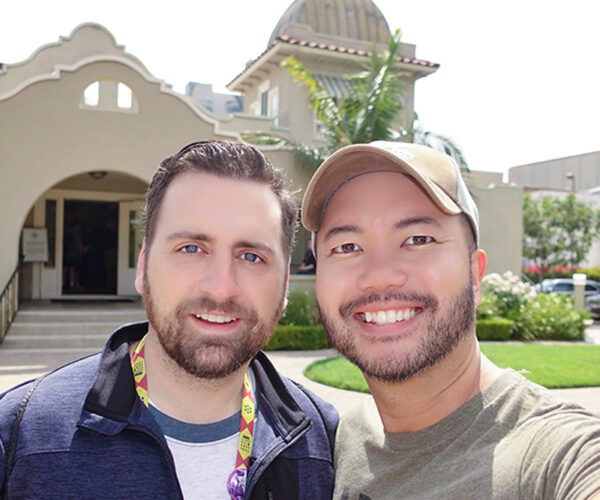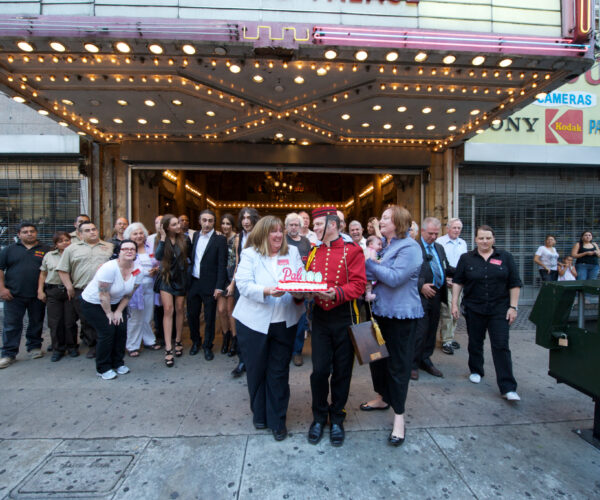Feature
Innovations in Technology
Technology played a huge role in virtually every example of Modern architecture in Los Angeles.
Postwar L.A. was the right place and the right time for new technologies to usher in a wave of experimentation and innovation in terms of building design, construction, engineering, materials, and purpose.
The war had brought a number of high-tech businesses to town and had produced an unprecedented era of invention and new materials that architects applied to their work.
The Case Study House program is a prime example of how technology affected architecture, with architects taking on the challenge of designing and building inexpensive and efficient homes using “war-born techniques and materials” (Arts+Architecture, Jan. 1945).
Master-planned, large-scale suburban communities featured new materials and processes including “total design” –- designing, producing, and assembling homes on site, from the ground up.
And of course, the glass-skinned architecture of corporate Los Angeles would not exist without innovation in materials and construction.


